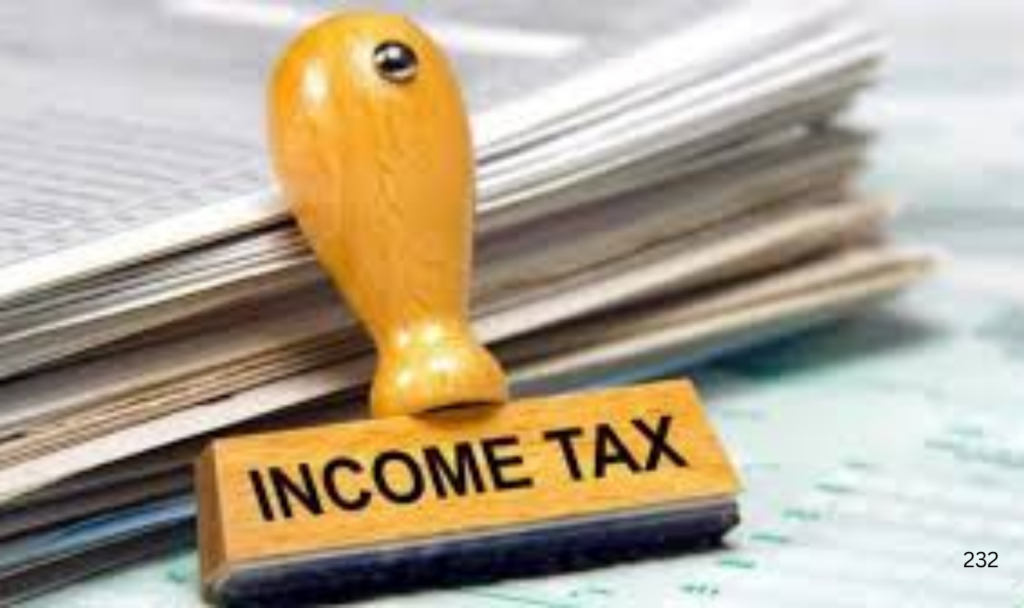Millions of UK residents could benefit from up to £18,570 of tax-free income in the 2025/26 tax year but many are unaware that this amount isn’t a new DWP (Department for Work and Pensions) handout. Instead, it’s a combination of existing income tax reliefs and allowances that, when used smartly, can allow individuals to earn or receive income without paying a penny in tax.
Here’s what you need to know about how it works, who qualifies, and how you can take full advantage.
What Is the £18,570 Tax-Free Income?
This figure represents the maximum tax-free amount someone in the UK can earn by combining three different income tax allowances:
- Personal Allowance – £12,570
- Starting Rate for Savings – up to £5,000
- Personal Savings Allowance – up to £1,000
These allowances are set by HM Revenue & Customs (HMRC) and are subject to change annually. You can confirm current thresholds on the official HMRC Income Tax Rates and Personal Allowances page.
A Breakdown of the Allowances
1. Personal Allowance – £12,570
This is the amount of income you can earn before any income tax is due. It applies to:
- Salaries and wages
- Pensions (including the State Pension)
- Rental income
- Profits from self-employment
This allowance is available to most people earning less than £100,000 annually. Once your income crosses that threshold, your personal allowance starts to reduce.
2. Starting Rate for Savings – Up to £5,000
This allowance applies only if your non-savings income (such as wages or pensions) is less than the personal allowance of £12,570. If so, you may also qualify for up to £5,000 in savings interest to be taxed at 0%.
However, the amount reduces £1 for every £1 you earn over the £12,570 threshold. For example, if you earn £11,000 in wages and receive £3,000 in interest, you would still qualify for the full starting savings rate.
3. Personal Savings Allowance – Up to £1,000
This is available to basic-rate taxpayers. You can earn up to £1,000 of interest on savings accounts, bonds, or other savings products without paying tax. If you’re a higher-rate taxpayer, this allowance drops to £500. Additional-rate taxpayers receive no savings allowance.

Who Is Eligible?
While this tax-free income combination sounds generous, not everyone qualifies for the full £18,570. Eligibility depends on several key factors:
- UK residency: You must be a UK resident for tax purposes.
- Low non-savings income: Your non-savings income (wages, pensions) must be £12,570 or less.
- Savings interest: You must receive interest from savings.
- Basic rate taxpayer: You must fall within the basic-rate tax bracket (total income under £50,270 for 2025/26).
This situation is most common among retirees, part-time workers, students with inherited savings, or freelancers with fluctuating income and modest savings.
Example: How It Works
Let’s say Linda, a retired schoolteacher, receives:
- £10,000 from her pension
- £3,000 in savings interest
Here’s how her income breaks down:
- Her £10,000 pension is below the personal allowance → No tax
- Her £3,000 interest is below the £5,000 Starting Savings Rate → No tax
- She still has the £1,000 Personal Savings Allowance, which she doesn’t even need in this case
Result? Linda pays no income tax on her £13,000 total income.
How to Maximise Your Tax-Free Income
Here are a few strategies to make the most of these allowances:
1. Use Individual Savings Accounts (ISAs)
Interest from ISAs is always tax-free and doesn’t count toward your personal savings allowance. Read more at HMRC: Individual Savings Accounts (ISAs).
2. Split Savings as a Couple
Married couples and civil partners can split income and savings to optimise their combined allowances, potentially doubling their tax-free income to £37,140 if structured wisely.
3. Time Your Interest Payments
If your interest is due to be paid, consider spreading it over two tax years to ensure it falls within your annual allowance caps.
4. Check Your Tax Code
Use the HMRC tax code checker to ensure you’re on the right code and aren’t overpaying.
Final Thoughts
The £18,570 tax-free income opportunity in 2025 isn’t a government giveaway, but rather a strategic use of the UK’s tax rules. By understanding how the personal allowance, savings allowances, and savings rates intersect, you can legally reduce your tax liabilityor even eliminate it altogether.
To explore your own eligibility and estimate your savings, use the official HMRC tax calculator.

Pankaj Kumar is a journalist at Chandigarh X, covering admit cards, recruitment, and government schemes. His articles provide readers with detailed insights into application processes, eligibility, and exam updates.
Outside of work, Pankaj enjoys traveling, fitness, and cricket, often participating in local matches on weekends.



